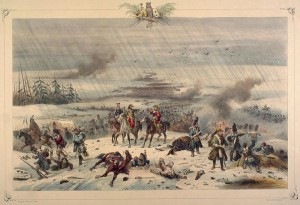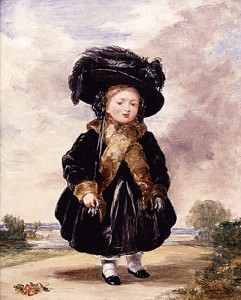 First off, thanks to Carolyn for ceding her day so I could talk about a remarkable author whose book is just out.
First off, thanks to Carolyn for ceding her day so I could talk about a remarkable author whose book is just out.
A Woman Entangled, Cecilia Grant’s third book, was released this week, and I got a chance to read it prior to publication, so I can wax eloquently about it. Or as eloquently as I can wax.
The book’s premise is a familiar one–the beauty of a family wishes to elevate her family’s standing through marriage, and has a plan to make that happen. Her immediate family has been disowned by her extended family because her mother was an actress who married her father. The two are in love, and have had children, and seem content with their lives. But the heroine, Kate, wants more. She thinks she deserves more, also, because she is so beautiful, and she is practical enough to know she should utilize her beauty to do things for the people she loves.
Pride and Prejudice is frequently referenced in the book, and acts as a sort of leit motif, but looking at the two heroines–Kate Westbrook and Elizabeth Bennet–they are opposites of each other, at least in the most crucial way to women of that time; Kate is absolutely determined to barter herself in a marriage to help her family, while Elizabeth will not, even though her family’s circumstances are more dire than the Westbrooks.
Which heroine is more honorable? Is it better to be true to yourself, or to be true to your family? Kate can be, frankly, unlikeable during the course of the book because she is so set on her course. But her unlikeability–told in Cecilia Grant’s amazingly layered and elegant prose–makes her real, someone who is more than just a pretty face (even if that is all she sees!).
While the hero has an equally compelling storyline, A Woman Entangled is truly Kate’s story, since she is the one with the power to make decisions that will affect her family, the object of her affections, and herself. It’s a remarkable position for a woman to be in at any time, much less this time, and A Woman Entangled is a remarkable book.
Given what I’ve described of Kate, would you take the Kate path of sacrificing yourself for your family, or take the Elizabeth path of staying true to yourself? A random commenter will win a copy of A Woman Entangled!








